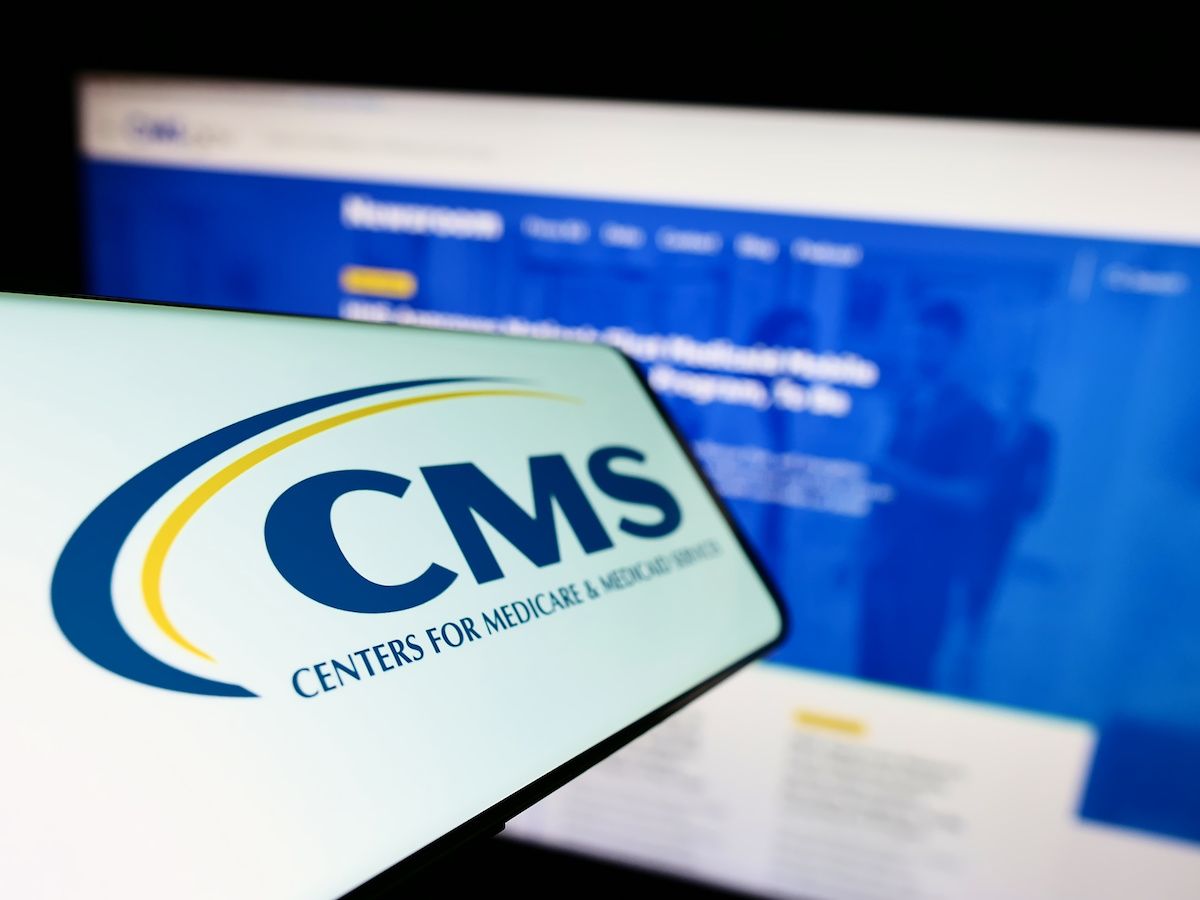News
Article
Medicare Physician Fee Schedule proposes 2.8% cut to docs
Author(s):
It’s financial bad news, but there is renewed attention on primary care, according to physician groups.
© Timon - stock.adobe.com

Doctors would see a 2.8% reduction in average payment rates under the 2025 Medicare Physician Fee Schedule.
The U.S. Centers for Medicare & Medicaid Services said the proposed physician payment rule would “drive whole-person care and improve health quality for all individuals with Medicare,” according to its official announcement. The American Medical Association and the Medical Group Management Association issued statements criticizing the cut. The American Academy of Family Physicians criticized the reduction, but noted CMS is recognizing the value of primary care. The three medical organizations all called on Congress to approve legislation that locks in more equitable reimbursement for physicians.
Projected benefits
CMS pitched a list of benefits within the 2025 Medicare Physician Fee Schedule: strengthen primary care, expand access to behavioral health, oral health, and caregiver training services, maintain telehealth flexibilities, and expand access to screening for colorectal cancer and vaccinations for hepatitis B.
“The proposed rule reflects the Biden-Harris Administration’s vision for affordable, high-quality care for all Americans while driving innovation in the Medicare program,” the CMS announcement said, referring to President Joe Biden and Vice President Kamala Harris.
“This proposed rule strengthens the care people with Medicare receive, advancing HHS’s goal of a health care system that not only treats those who are sick but also keeps people well,” U.S. Department of Health and Human Services Secretary Xavier Becerra said in the announcement. “The proposed rule continues our implementation of President Biden’s historic prescription drug law. The law lowers costs for seniors and people with disabilities and uses rebates from drug manufacturers to strengthen Medicare. It also increases access to behavioral and dental care, expands access to cancer screenings, and supports caregivers.”
Dollars and cents
CMS’ announcement said the change to the PFS conversion factor incorporates the 0% overall update required by statute, the expiration of the 2.93% increase in payment for calendar year (CY) 2024 required by statute, and a small adjustment necessary to account for changes in valuation for the work RVU portion of particular services. This amounts to a proposed estimated CY 2025 PFS conversion factor of $32.36, a decrease of 93 cents, or 2.80%, from the current CY 2024 conversion factor of $33.29.
Effects on family physicians
AAFP President Stephen P. Furr, MD, FAAFP, said the 2.8% reduction shows the need for federal lawmakers to help doctors by ensuring payments keep up with costs of running a medical practice. The nation needs to invest in community-based, physician-led primary care, he said.
The MPFS has a bright side for primary care.
“While we remain firm in our efforts to reform Medicare payment more broadly by addressing the unintended consequences of factors such as budget neutrality and the lack of site-neutral payments, the AAFP is encouraged that the Centers for Medicare and Medicaid Services is working to appropriately recognize and value primary care within the limitations of the current Medicare Physician Fee Schedule, including the continued implementation of codes, such as G2211, that more accurately reflect the resources needed for family physicians to serve as a comprehensive focal point of longitudinal care for patients,” Furr said in a statement. “We’re grateful that CMS will allow payment for G2211 when billed alongside an evaluation and management (E/M) visit on the same day as an annual wellness visit, vaccine administration, or any Medicare part B preventive services.”
Additional physician reaction
It's going to hurt physicians’ practices, according to AMA and MGMA. AMA President Bruce A. Scott, MD, called it “death by a thousand cuts,” especially for rural physicians and those treating underserved populations. It’s time for Congress to act, he said in a statement.
AMA supports the bipartisan Strengthening Medicare for Patients and Providers Act that would tie Medicare reimbursement updates to the annual increase in the Medicare Economic Index (MEI). This year, the MEI said the cost of running a medical practice will go up by 3.6%.
“The consecutive years of Medicare cuts demand a comprehensive legislative solution,” Scott said. “Previous quick fixes have been insufficient – this situation requires a bold, substantial approach. A Band-Aid goes only so far when the patient is in dire need.
“Physician practices cannot continue to absorb rising costs while their payment rates dwindle,” he said. “The Medicare Physician Payment Advisory Commission (MedPAC) and the Medicare Trustees have issued warnings about the dangers of repeated Medicare cuts and how they threaten access to care. As one of the only Medicare providers without an inflationary payment update, physicians have waited patiently for this change. Medicare physician payment declined 29% from 2001 to 2024, adjusted for inflation.”
‘Dangerous implications’
MGMA also supports the Strengthening Medicare for Patients and Providers Act and additional legislation, the Provider Reimbursement Stability Act, would help, said Anders Gilberg, MGMA senior vice president of government affairs.
Another cut to physician payments will have “dangerous implications for beneficiary access to care,” Gilberg said in a statement.
“A 2.8% reduction to the conversion factor would be alarming in the best circumstances, but to propose doing so at a time when 92% of medical groups report increased operating costs and are otherwise struggling to remain financially viable is critically short-sighted,” Gilberg said. “Medicare physician reimbursement is on a dire trajectory and these ongoing cuts continue to undermine the ability of medical practices to keep their doors open and function effectively – the need for comprehensive reform is paramount.”





